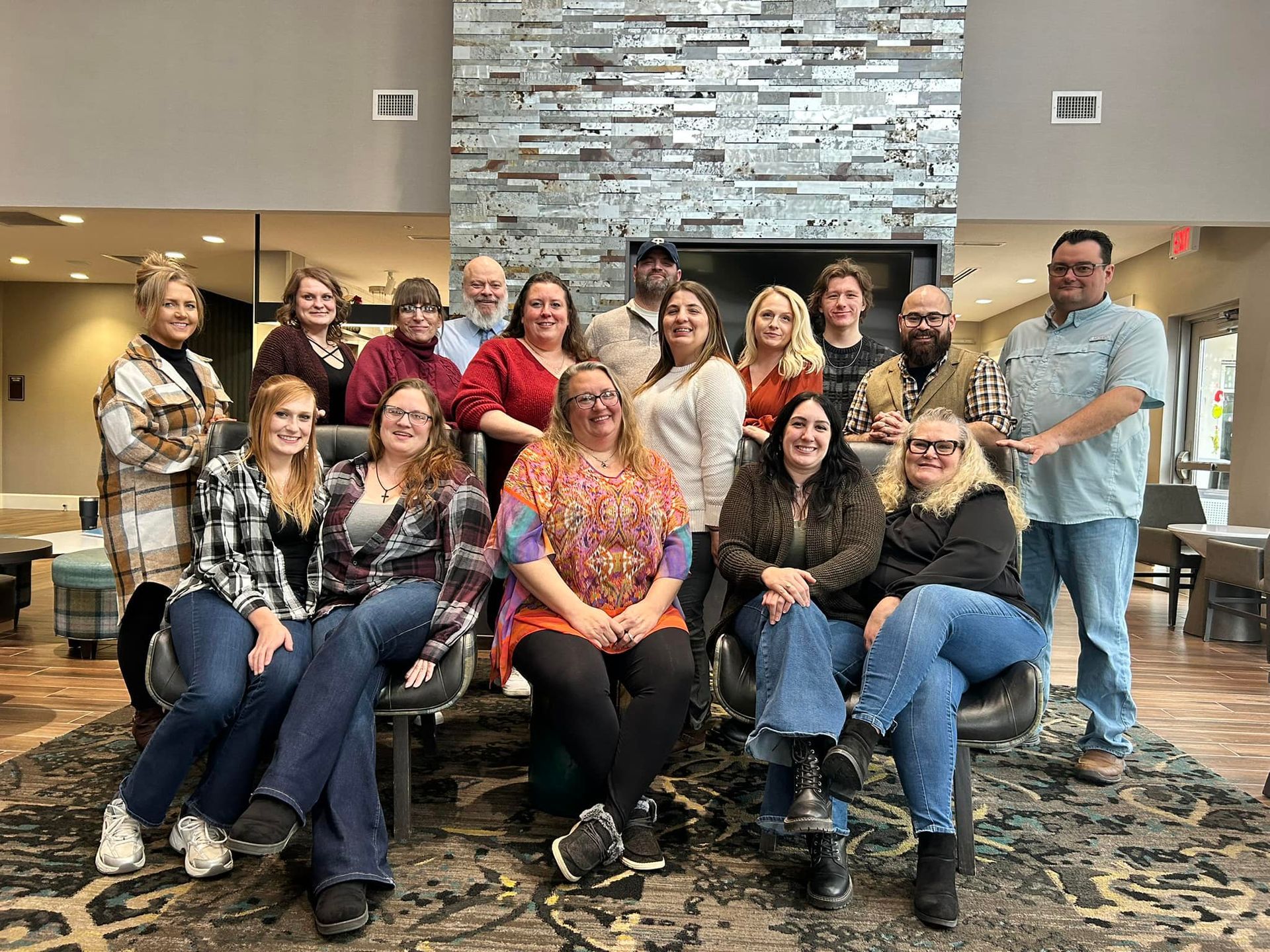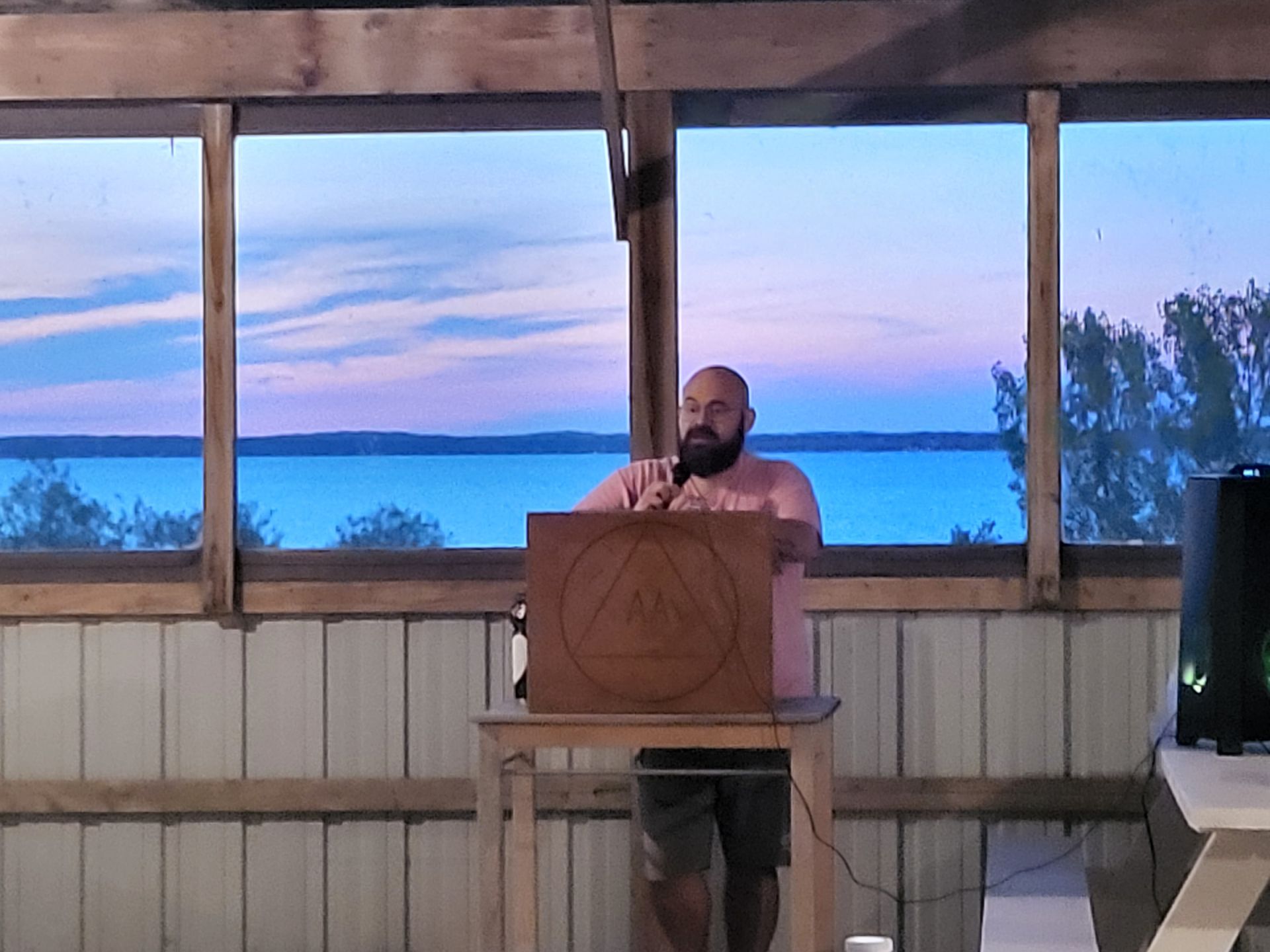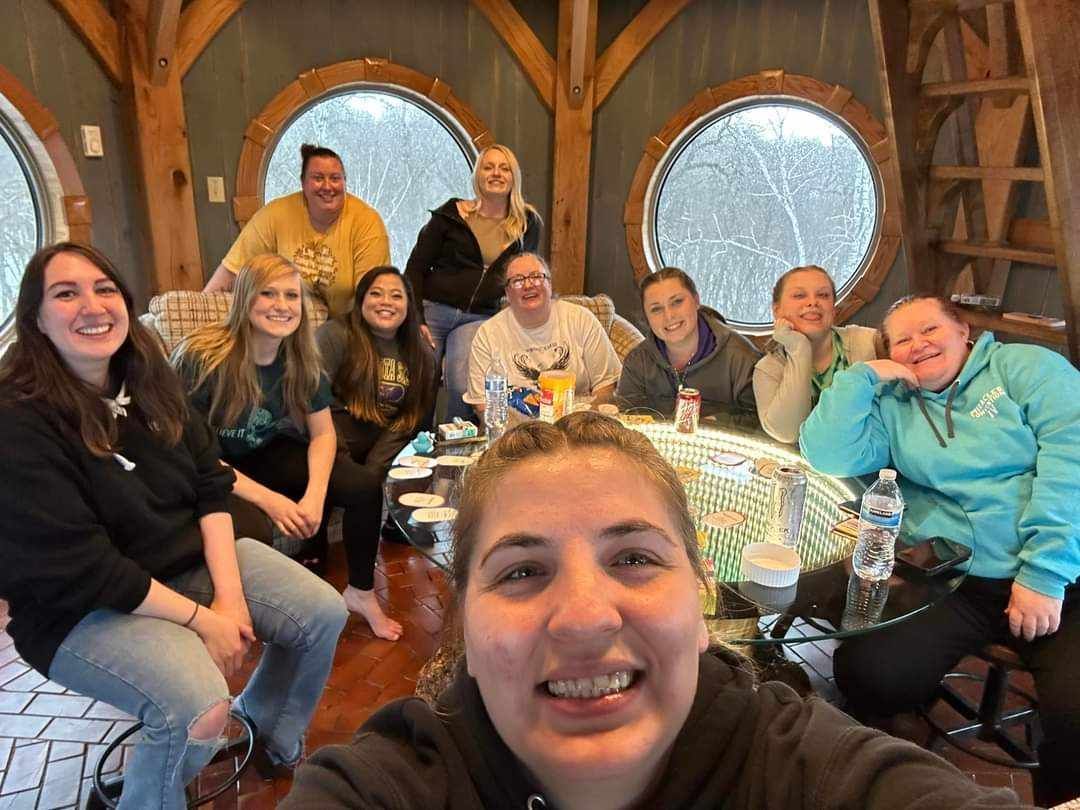Relapse Prevention
Free Intervention Services
A Compassionate Approach
Our interventions start by meeting with the family members of the person with a substance use disorder to learn about the struggles they face; what has worked for them and what hasn't worked for them. We understand that family members often experience stress, loss, and trauma as a direct result of addiction. Sobriety First Treatment Center offers a research-based approach to interventions that prioritizes healing for both the individual and their family, recognizing that you didn't cause the addiction, you can't control it, and you can't cure it- but you can take steps toward your own healing. Our free helps navigate treatment options while providing practical resources for lasting change.
Personalized Treatment Planning
Recovery looks different for everyone. We help identify the right support system, whether that's residential care, community resources, or outpatient services. Our team then works with you to create a plan that aligns with your goals and circumstances, while providing family members with tools for self-care and healthy interactions with their loved ones.
Outpatient Programming

Your Dedicated Care Team
Each client partners with an experienced counselor and recovery coach who provide consistent support throughout their journey. This dual approach combines professional guidance with real-world recovery strategies, and it is available at any one of our five Central Minnesota locations.

Program Structure
Our program offers convenient day and evening sessions two to five weekly three-hour group sessions. You'll move through phases at your own pace, gradually decreasing to once-weekly meetings.

Ongoing Support
Many clients find additional strength in our optional aftercare phase, where they reinforce their recovery by supporting others. This flexible approach ensures you have continued support as you progress in your recovery journey.

